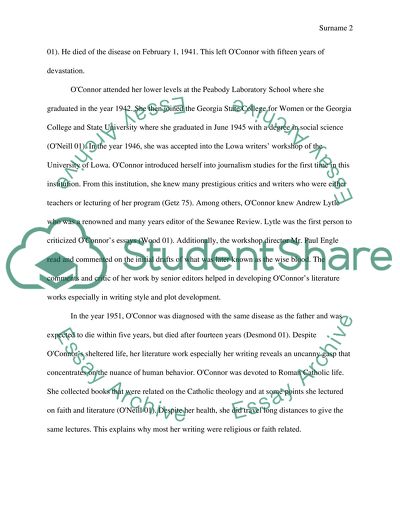Cite this document
(“Flannery O'Connors Literature Work Research Paper”, n.d.)
Flannery O'Connors Literature Work Research Paper. Retrieved from https://studentshare.org/literature/1463629-flannery-oconnors-literature-work
Flannery O'Connors Literature Work Research Paper. Retrieved from https://studentshare.org/literature/1463629-flannery-oconnors-literature-work
(Flannery O'Connors Literature Work Research Paper)
Flannery O'Connors Literature Work Research Paper. https://studentshare.org/literature/1463629-flannery-oconnors-literature-work.
Flannery O'Connors Literature Work Research Paper. https://studentshare.org/literature/1463629-flannery-oconnors-literature-work.
“Flannery O'Connors Literature Work Research Paper”, n.d. https://studentshare.org/literature/1463629-flannery-oconnors-literature-work.


